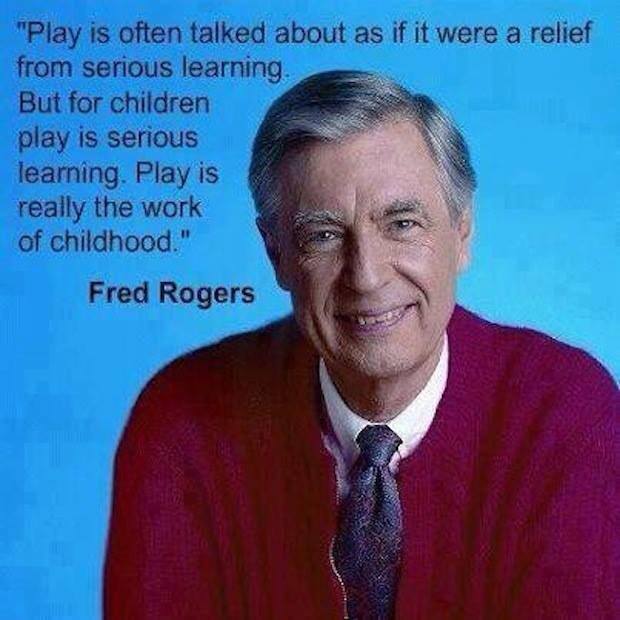Parents and teachers often hear about the importance of play in preschool and early childhood. At first glance, it seems unlikely that stacking blocks, pushing cars, and dressing dolls can have anything to do with acquiring skills that will aid in their future academic careers. However, play is actually the foundation of learning for children. How can this be?
Play, with children and adults, is a great way to foster Vocabulary and Language Development. Children will hear new words, learn grammar and the structure of the English language, and practice communicating with others. For example, playing with cars and animals helps children learn the names of different things, what they do, how they behave, the sounds they make, etc. Playing with dolls allows children to re-enact scenarios from everyday life and use new words and phrases they hear.
In our fast paced and high tech society, children have fewer and fewer opportunities to use and develop their Imagination and Creativity. Open-ended play without instructions allows children to get their creative juices flowing and let their imaginations run wild! They can be a firefighter, a doctor, a T-Rex, a construction worker, or a chef in a princess costume. The fun and opportunities for developing imagination are endless!
When playing with toys like blocks and puzzles, children begin to learn to solve problems and learn about shapes and sizes. For example, when playing with blocks, children face problems like “How can we make a tower?” and “What can we do to make this balance?”. Puzzle pieces provide different challenges like “Why doesn’t this piece fit? Maybe it’s too big.”, etc. These are the most basic Problem-Solving and Mathematics skills.
Play is also a fantastic way to encourage Fine and Gross Motor Development. Fine motor skills involve the muscles of the hands that will later be used for writing while gross motor skills involve the muscles of the arms and legs that are essential for balance and coordination. Play provides boundless opportunities to develop these skills without your child even being aware of it! For fine motor, try things like stringing beads and pasta onto some string or getting some child-safe needles and burlap for a fun sewing project. Gross motor activities are everywhere! Hula hoops, balance beams, kickballs, and bean bags are all wonderful but you don’t even need materials. Try jumping over the cracks in the side walk or balancing on the curb while walking down the block.
Let your children enjoy play; they’re working and learning in the process!


Leave a Reply